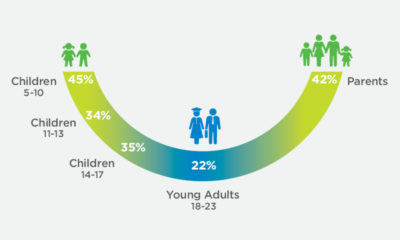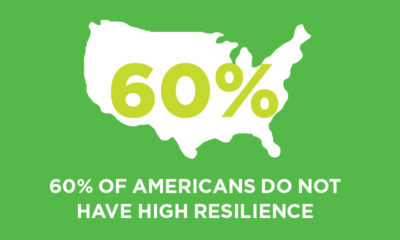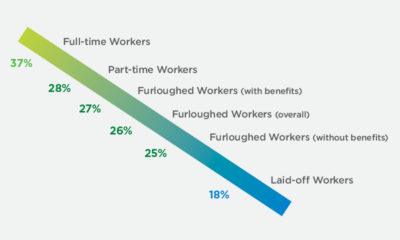Top Tiles
 |
Findings show that although children start off as highly resilient, they experience a sharp decline in resilience through their early pre-teen years (11-13) that continues through age 23.
 |
The Cigna Resilience Index found that resilience is at risk in three in five Americans surveyed, and it uncovered key drivers of resilience: exposure to diversity, social connectivity, and mental and physical health.
Gray Box
Alternating Images
 |
Based on study findings, GROW FORTH: A Cigna Approach to Building Greater Resilience offers a new framework to help you G.R.O.W. in the face of challenges through four simple steps.
 |
This in-depth report of the Cigna Resilience Index, the largest U.S. survey of resilience1, examines the ability of students, their parents and working adults to recover from challenges.
Learn more about the impacts of low resilience and ways to build resilience [PDF]
Read the whitepaper from our lead researchers [PDF]
1 Largest U.S. survey of resilience using the CYRM and ARM scales
Did you know
Did you know?
Young adults (ages 18-23) have the lowest levels of resilience of all age cohorts surveyed, with four out of five displaying lower propensity for resilience than the average adult. Low resilience is linked to worse performance at work and in the classroom, feelings of low self-worth and self-esteem and poor physical and mental health.
Children, young adults and parents with racial and socio-economically diverse communities and friendships are significantly more likely to be resilient. Additional factors that help build resilience are good physical and mental health, social connectivity and support, and access to resources.
Two thirds of full-time workers (63%) have low to moderate resilience levels. This has implications for business – low resilience is connected to low job satisfaction and performance, higher likelihood of turnover, and an inability to cope.
Using workplace technology (ex. video calls) plays a role in keeping workers engaged and is correlated to higher levels of resilience amongst working adults. Children who have regular, good-quality, affordable access to the internet are also more likely to be resilient.
Bottom Single Row
 |
Access to the right resources and the ability to navigate to them is key to maintaining and building resilience. Our resources expand services and support to help school communities, organizations and companies better care for individuals’ emotional and physical health during COVID-19 pandemic and beyond.
